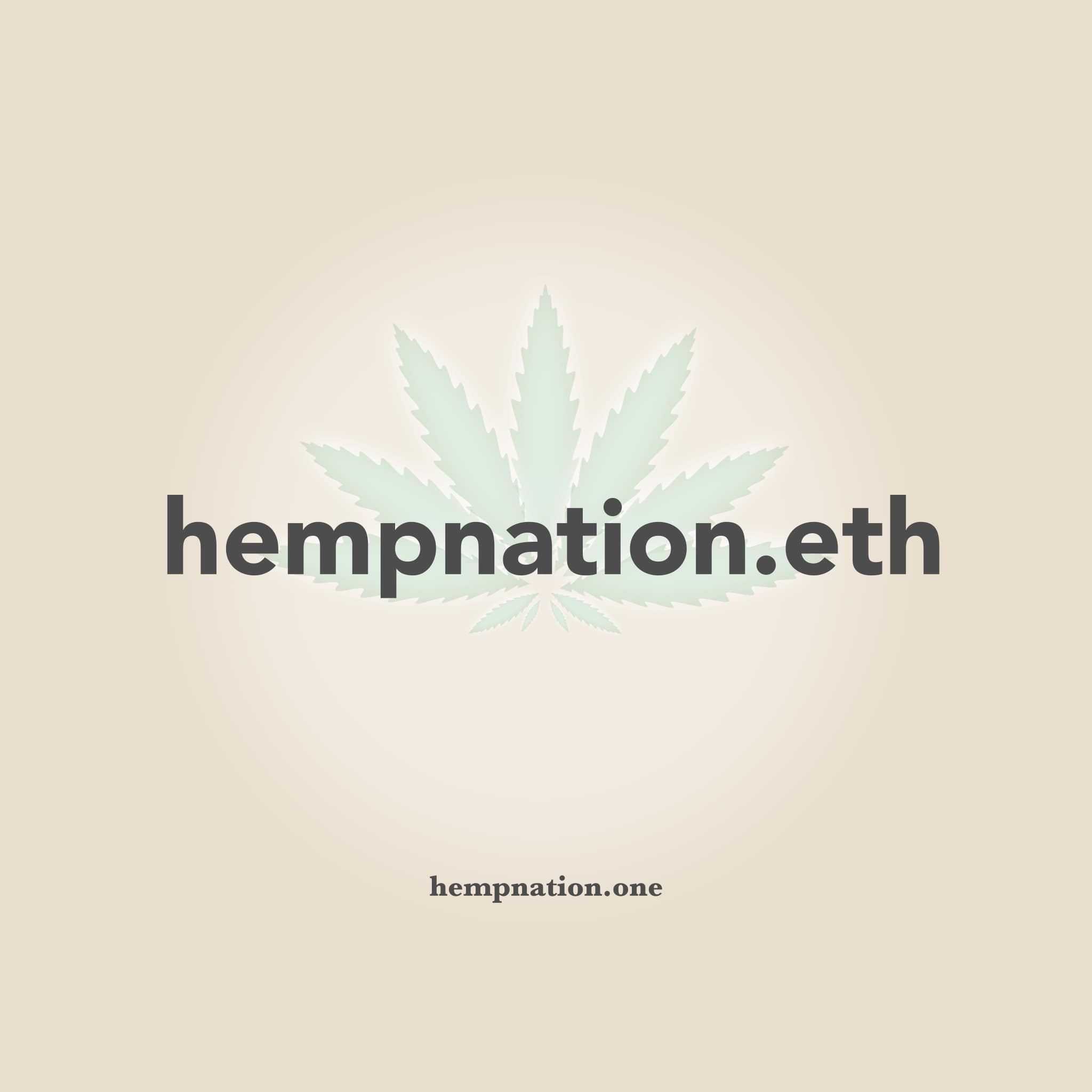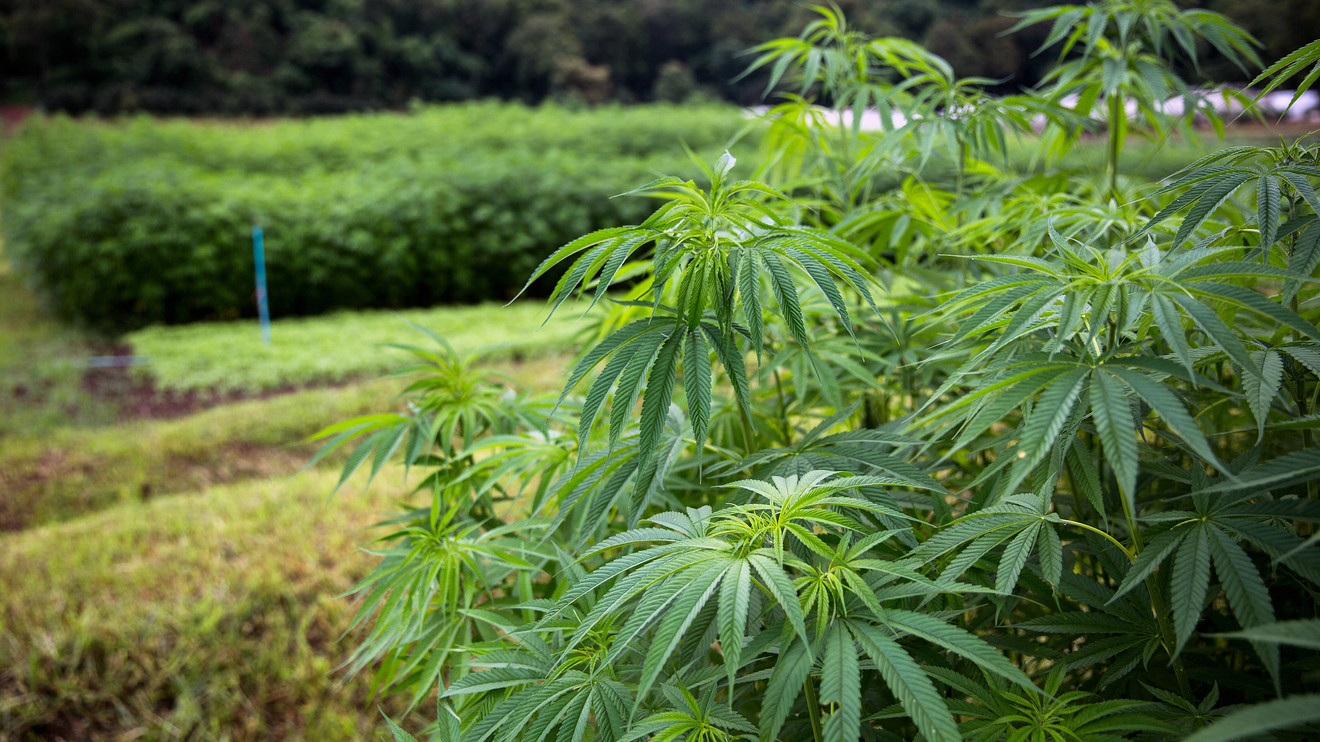Category: Development
-

Hemp and Crypto
—
by
in commons, Crypto, dao, Development, Future, globalization, Production, quality, revolutionary, synergyThe world of cryptocurrencies and blockchain technology is ever-evolving, with new innovations and developments constantly emerging. One of the latest trends that have been gaining traction is the integration of […]
-

Sustainable Hemp Filaments for 3D Printing
—
by
As the world becomes more conscious of the impact of plastic waste on the environment, the search for sustainable and eco-friendly materials in various industries continues. One such industry is 3D printing, where the use of sustainable materials has become increasingly common. Hemp, a plant that has been used for thousands of years, is now…
-

Harnessing Hemp’s Power: Fueling a Medical and Transport Revolution
—
by
in advantages, climate, Development, economy, Future, globalization, health, hemp, history, industry, marketplace, Production, qualityHemp, the non-psychoactive variant of cannabis, has been underutilized for far too long. With its potential to revolutionize healthcare and transportation while also being environmentally sustainable, it’s time to harness the power of hemp. From medicinal benefits to fuel alternatives, hemp has the potential to change the world for the better.
